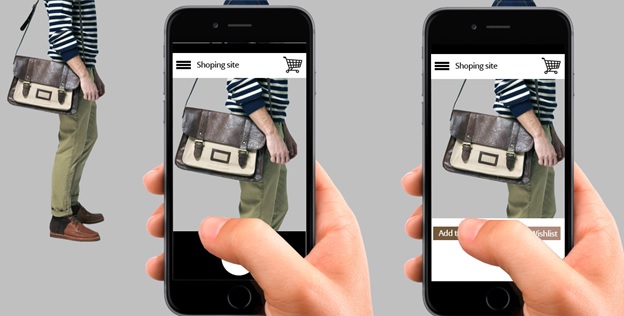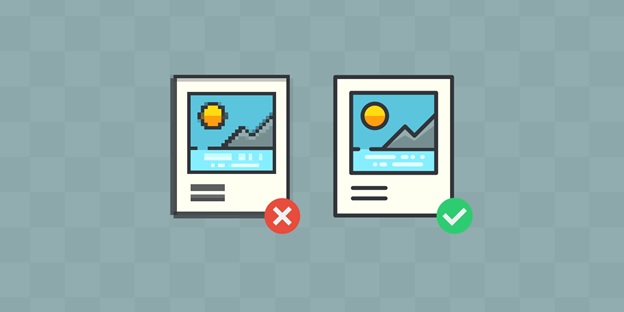Ever since Google Lens and Pinterest Lens were released, there has been an ongoing battle between the two on which is the better visual search engine. This led to the opening up of a new revenue opportunity for various e-commerce stores. Aside from that, visual search potentially holds the key in changing the purchasing habits and decisions of consumers.
The world now is obsessed with instant gratification. This is one of the reasons why visual search is such a hit and has the potential of turning into something even bigger. In the future, visual search will likely make ‘snap and surf’ purchasing possible. This potential definitely looks promising for e-commerce stores, especially those that have their own product listing ads and online catalogs.
Of course, visual search engine is still considered a new release, and it’s definitely still in its infant stage when it comes to its development. However, if you as a website owner will now go the extra mile in making sure your pages are optimized for visual search, your users can have an improved and even seamless experience. Optimizing for visual search can also affect your traffic and conversion rates. Unfortunately, at this time, images are not a priority for most SEO experts. Instead, the majority of SEO experts focus more on improving website speed. If you know better, you’d want to pay close attention to the alternative attributes and appeal of your site images too.
While still in its infancy, optimizing for visual search could greatly improve your website’s user experience, conversion rate and online traffic. Yet images are often given very little attention by SEO experts, who generally focus more on optimizing for speed than for alternative attributes and appeal.
Discover How The Ad Firm Can Elevate Your Online Traffic
- SEO: Boost your search rankings and drive real, measurable traffic.
- Content Marketing: Let us craft compelling content that earns shares, backlinks, and keeps visitors coming.
- Paid Media: Unlock ROI-driven paid campaigns that deliver results you can see.
What Exactly, is Visual Search

When it comes to visual search, there are currently three different options available from major search companies. First, there’s the traditional image search, which depends mostly on text searches. There’s also the reverse image search that determines similar characteristics depending on structured data. The third one is the most recent method made available: the pixel-by-pixel image searches that allow ‘snap and search’ using an image or a part of an image.
Basically, we’re covering the third type of visual search in this article. This type of search allows users to find information and products online using a photo. They can either snap a photo and focus their search on the part of the image they want to know about or they can upload an existing image. It’s just like a text search in theory, only that images are uses instead of text in making a search.
The Development of Visual Search Technology

You may be curious to know that the first visual search app is still in use today – that’s TinEye. What is does is matching the image you’re using to search to other images on the web. It’s able to do so by relying on different image characteristics, including shapes and colors. However, TinEye does not provide a wide range of search applications because it cannot map out precisely the different outlines of objects in images.
Fortunately, image recognition of today is more advanced. Hence, it is powerful enough to recognize the various shapes and outlines in an image, making matches easier. Microsoft’s image search, for instance, can search items that are within a larger image. They are also currently developing a feature wherein they would be able to detect shopping intent in some images, and then showing related products. However, their visual search is limited to few areas such as travel and home appliances.
Discover How The Ad Firm Can Elevate Your Online Traffic
- SEO: Boost your search rankings and drive real, measurable traffic.
- Content Marketing: Let us craft compelling content that earns shares, backlinks, and keeps visitors coming.
- Paid Media: Unlock ROI-driven paid campaigns that deliver results you can see.
Visual search is still limited at this time. However, huge companies headed by Google, Microsoft and Pinterest are continuously working on developing this technology. The goal is to eventually allow machines to recognize different aspects of each image the way the human brain does. What do we see when we look at various images? Do we see dotted lines and points? Of course not. Instead, we automatically recognize patterns and shapes. If only we can find the formula on how our mind exactly does this process, it would probably help a lot in developing the visual search technology.
What To Expect in the Future

What does visual search technology mean for users and businesses in the future? We can expect to simply take a photo of a flower and the search engines will tell you its scientific name, therapeutic benefits, history, where it originated and all the other information about it. In the same way, you can just take a photo of a restaurant and the search engine will then recognize it for you, telling you its location, hours of operation, menu and the like. You could probably even snap a pic of a pair of earrings from a magazine and visual search will let you buy it right there and then. For businesses, you can easily get people to buy on the spot with some images, reviews and high-quality product description.
Natural Language Processing and Voice search will work together hand in hand with visual search in the future. We can definitely look forward to an interface-free SEO in the future.
Strategies You Can Implement

If you are looking to optimize your site in preparation for the development of visual search, you should still stick to the SEO Basics as your foundation. Visual search will still rely on structured data, so you should keep that aspect intact. Make sure your site images are clear and clutter-free so that they would be ready for the visual applications. Descriptive alt text should be in place for each image and your images should be included in your image sitemap. You can also make sure image titles are optimized with keywords and alternative attributes. Set up image badges and make sure they go through a structured date test. Check out your image files and sizes and make sure they’re ideal. Make sure your images are also optimized for both mobile and desktop display.
Discover How The Ad Firm Can Elevate Your Online Traffic
- SEO: Boost your search rankings and drive real, measurable traffic.
- Content Marketing: Let us craft compelling content that earns shares, backlinks, and keeps visitors coming.
- Paid Media: Unlock ROI-driven paid campaigns that deliver results you can see.
Visual search technology will definitely be a game changer not only for businesses but for users as well, because it provides a more convenient shopping experience. This could impact SEO and paid ads and the world will focus on image optimization once again. The fundamentals of SEO will still be implemented but we will surely have to make huge changes in order to optimize our sites to be mobile and visual search-friendly.




